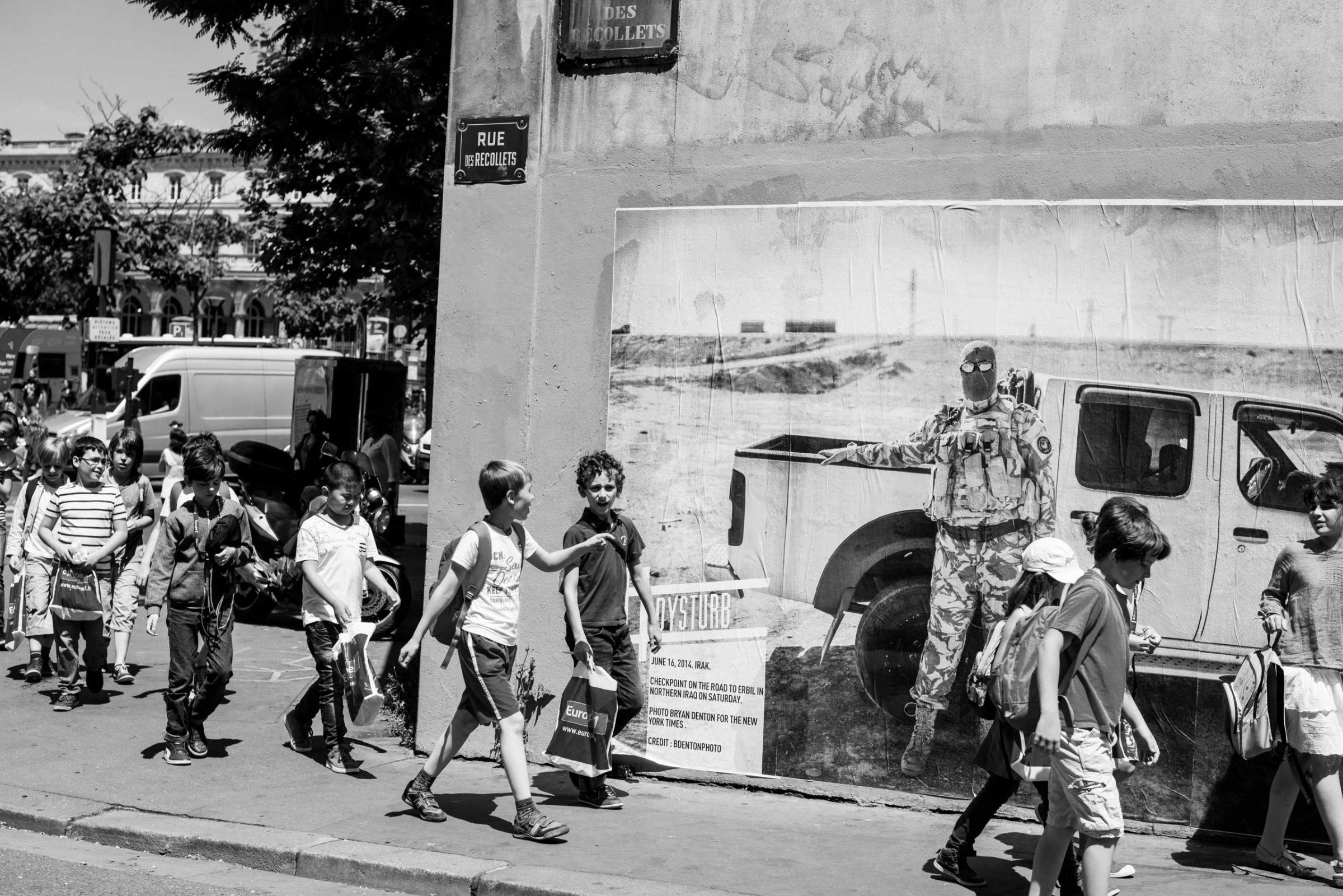
Whether through digital channels, print or on exhibit, the impact, influence and reach of the still image has never been greater. But with so many images fighting for our attention, how do photographers make work that most effectively stands out and connects with an audience. In this seven-part series, TIME looks back over the past 12 months to identify some of the ways of seeing—whether conceptually, aesthetically or through dissemination—that have grabbed our attention and been influential in maintaining photography’s relevance in an ever shifting environment, media landscape, and culture now ruled by images.
Direct to Audience
2014 saw an increase in independent photographers cutting out the middle man and going direct to audience. Facebook, Twitter and particularly Instagram have been instrumental in building online communities and growing audiences for photographers for some time. But this year saw the monetization of these platforms through various print sale initiatives by photo agencies—Magnum and VII—and individual photographers including Aaron Huey who as well as his own project also worked with Grayson Shaffer, a Senior Editor at Outside magazine—for a good cause, the Sherpas Fund—raising close to $500,000 for the families of the Sherpa guides killed in an avalanche on Mount Everest in April. These time-limited campaigns, advertised through Instagram, Facebook and Twitter, identified a demand for affordable un-editioned prints.
This year also saw an unprecedented growth in high-quality independent book publishing, with some of the year’s best titles coming in short runs from independent sources. Without the cost margins and restrictions imposed by major publishers, photographers producing their own photobooks not only had more control over the finished product but could also sell their high quality books at a lower price point. Highlights included Peter van Agtmael‘s Disco Nights Sept. 11 (independently published by Redhook editions) which was singled out for a special mention in TIME’s Best Photobooks of the Year selection.
Raising awareness was a consideration for going direct to audience in 2014 for Dysturb a French photo collective. Frustrated by the lack of opportunities for photojournalists to get their work out effectively through established media channels, Dysturb turned to the street—wheat pasting large format prints by both emerging and established documentary photographers on disused city walls. The participant network quickly grew from the first postings in Paris with work soon appearing on the streets of Sarajevo and New York. The group’s goal now is to develop a network of like-minded photographers and photography enthusiasts that will allow, in the future, to mount worldwide pasting campaigns on short notice. And judging from the enthusiastic New York crowd, the need for an alternative way to show news images is shared by many more people than Dysturb’s founders imagined when they launched the collective in early 2014.
And while the naysayers will continue to lament today’s changing business practices, we can expect to see a lot more photographers adopt the direct-to-audience model in 2015.
Read Part 2 – Documentary Still Life.
Read Part 3 – The Portrait Series.
Read Part 4 – The Contemporary Photo Essay.
Read Part 5 – From Stills to Motion.
Phil Bicker is a Senior Photo Editor at TIME.
Olivier Laurent is the editor of TIME LightBox. Follow him on Twitter and Instagram @olivierclaurent


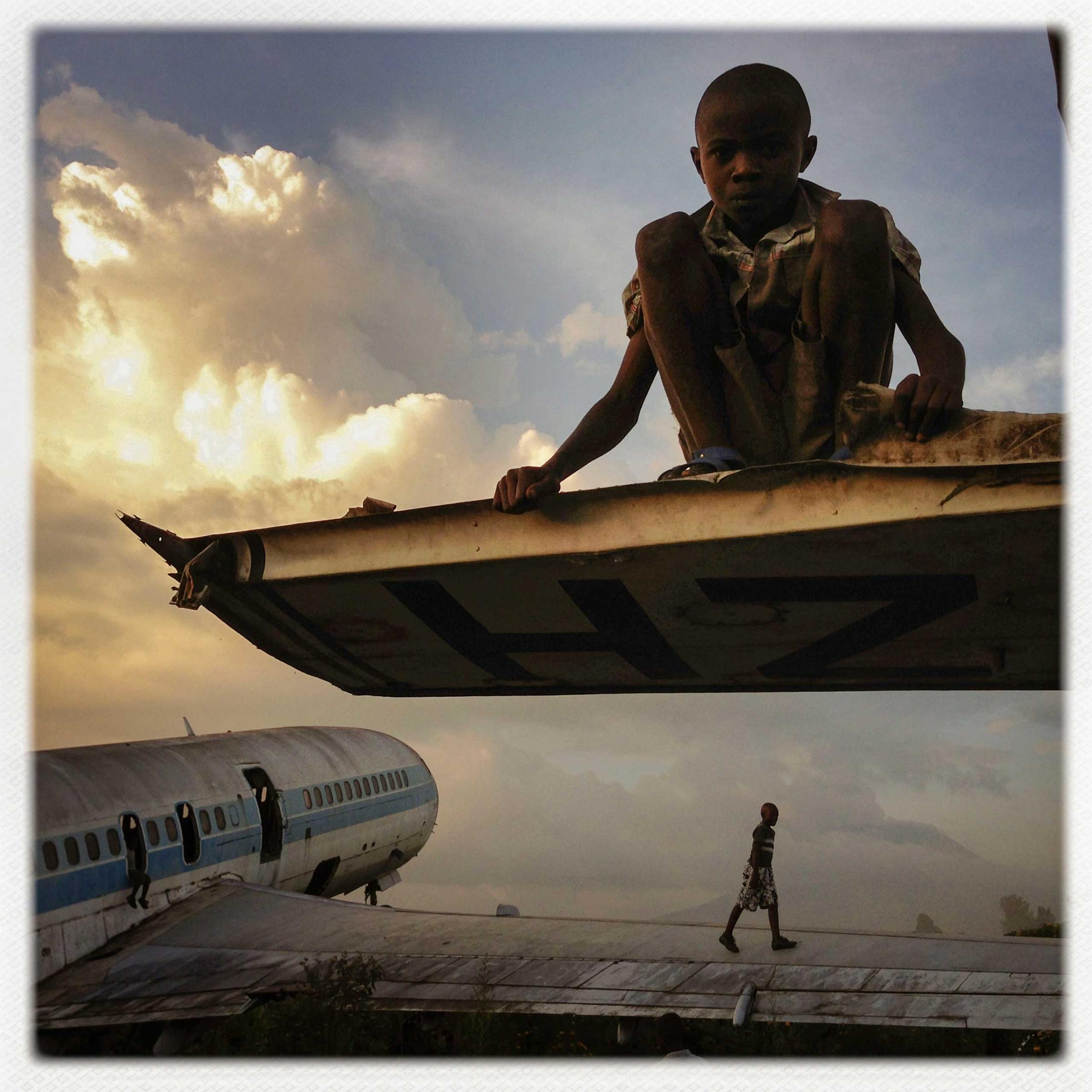
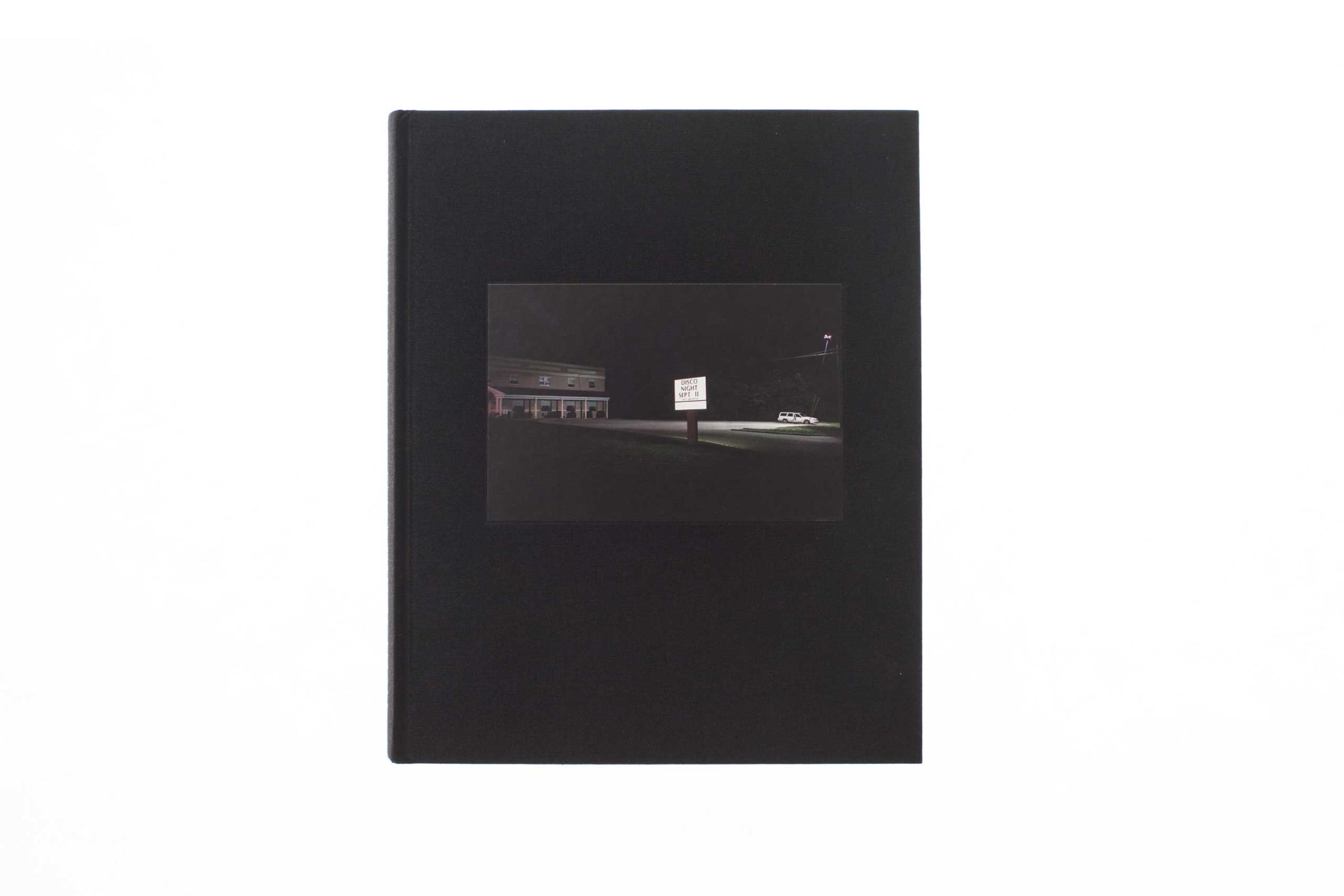
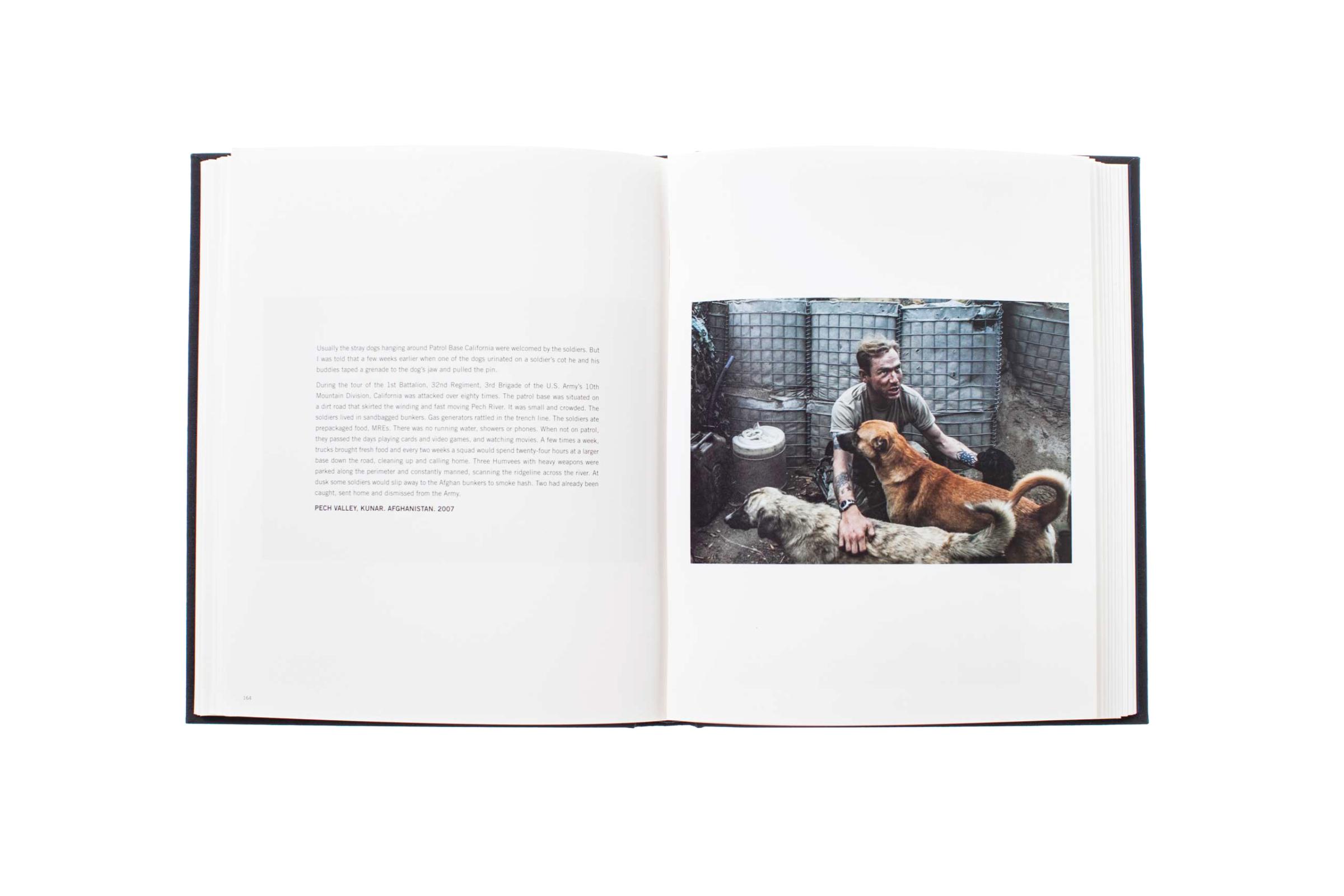
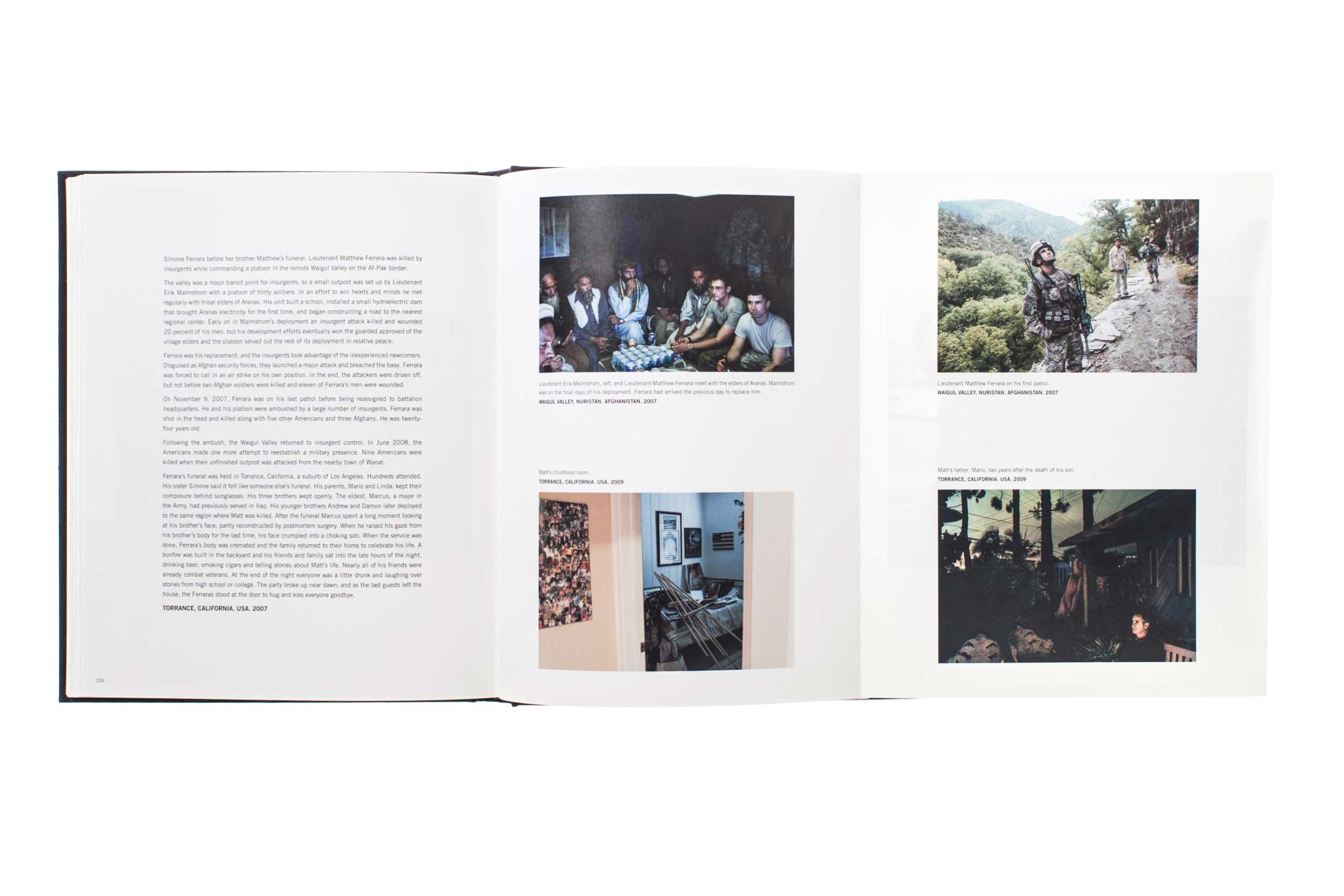
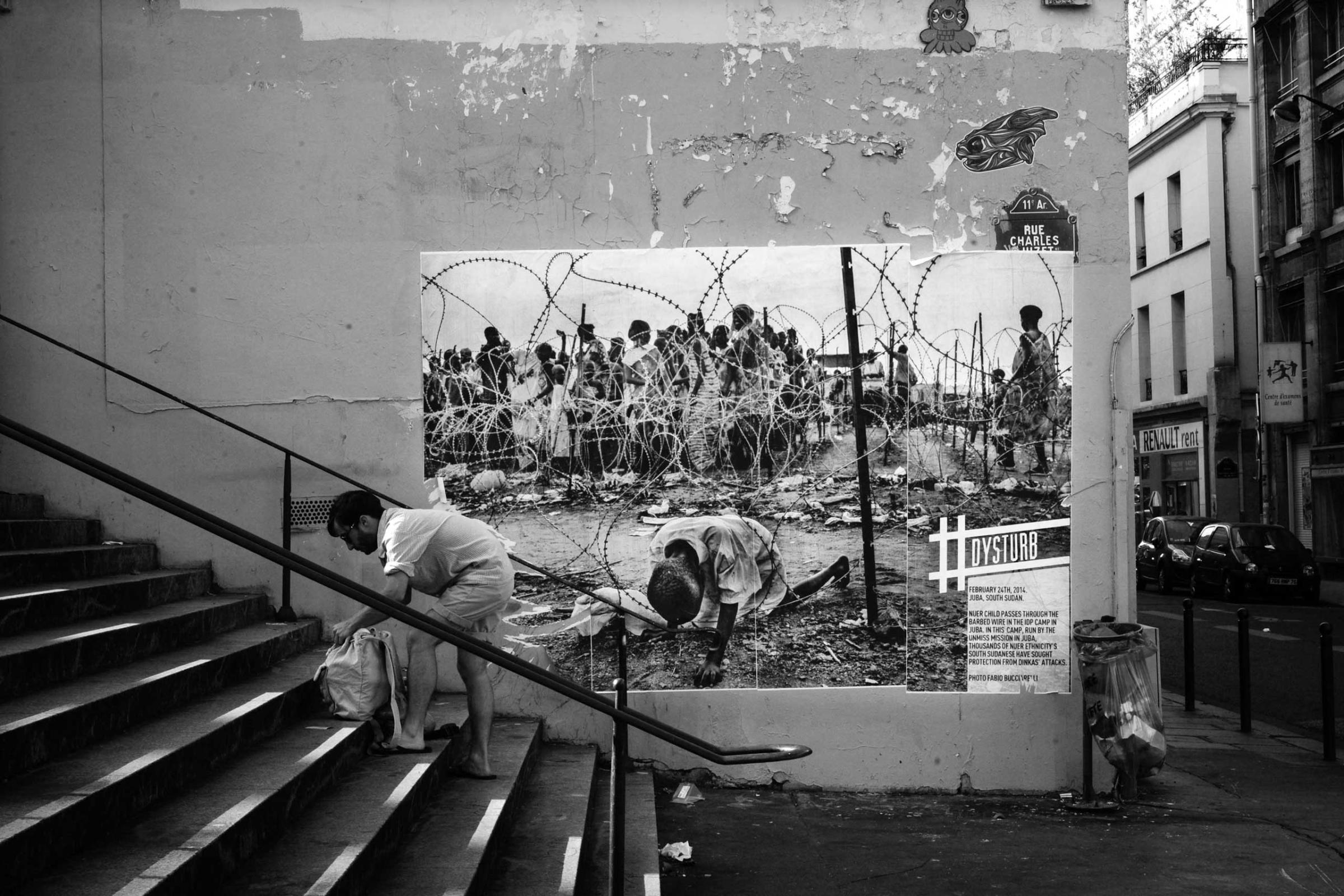

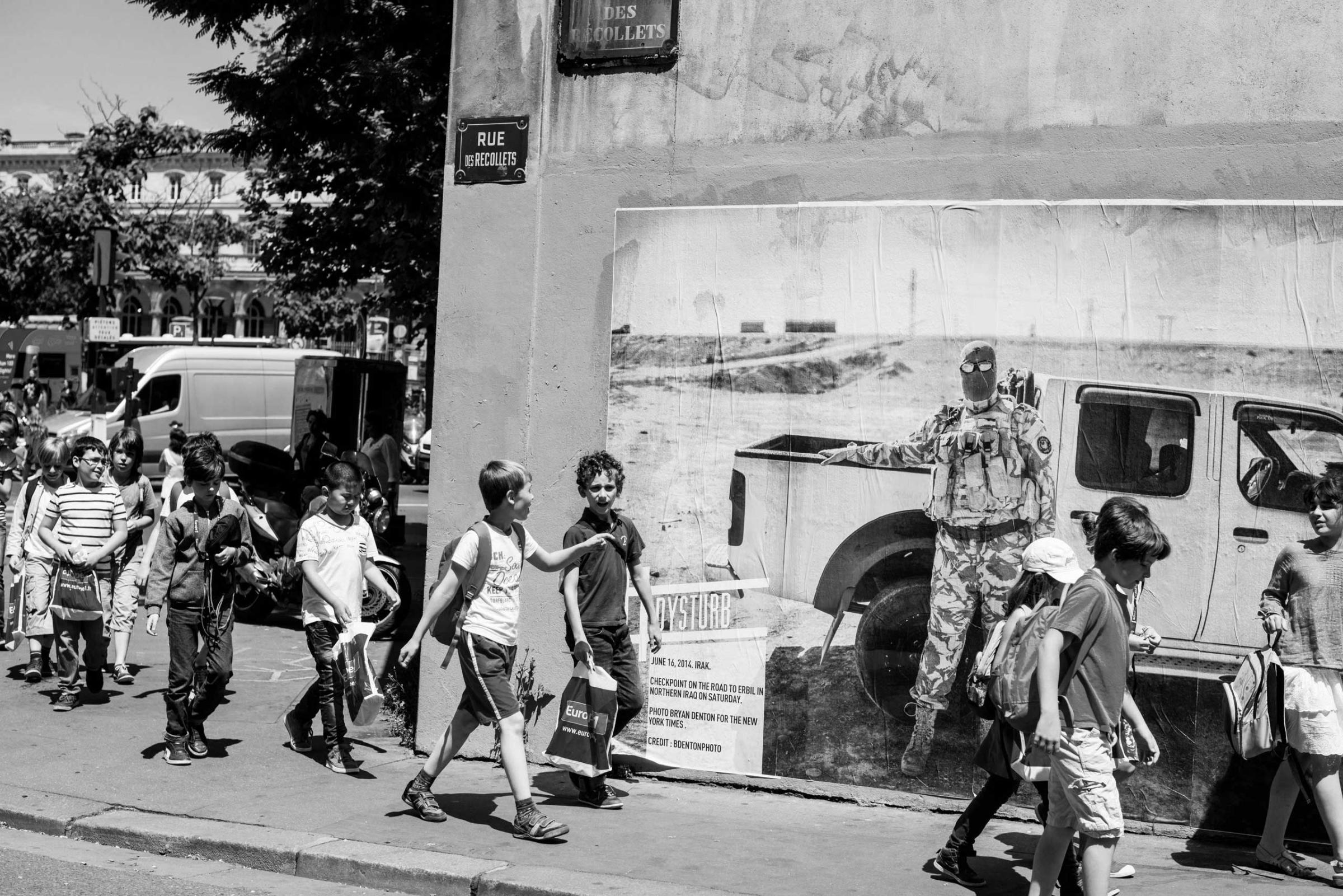
More Must-Reads From TIME
- The 100 Most Influential People of 2024
- The Revolution of Yulia Navalnaya
- 6 Compliments That Land Every Time
- What's the Deal With the Bitcoin Halving?
- If You're Dating Right Now , You're Brave: Column
- The AI That Could Heal a Divided Internet
- Fallout Is a Brilliant Model for the Future of Video Game Adaptations
- Want Weekly Recs on What to Watch, Read, and More? Sign Up for Worth Your Time
Contact us at letters@time.com